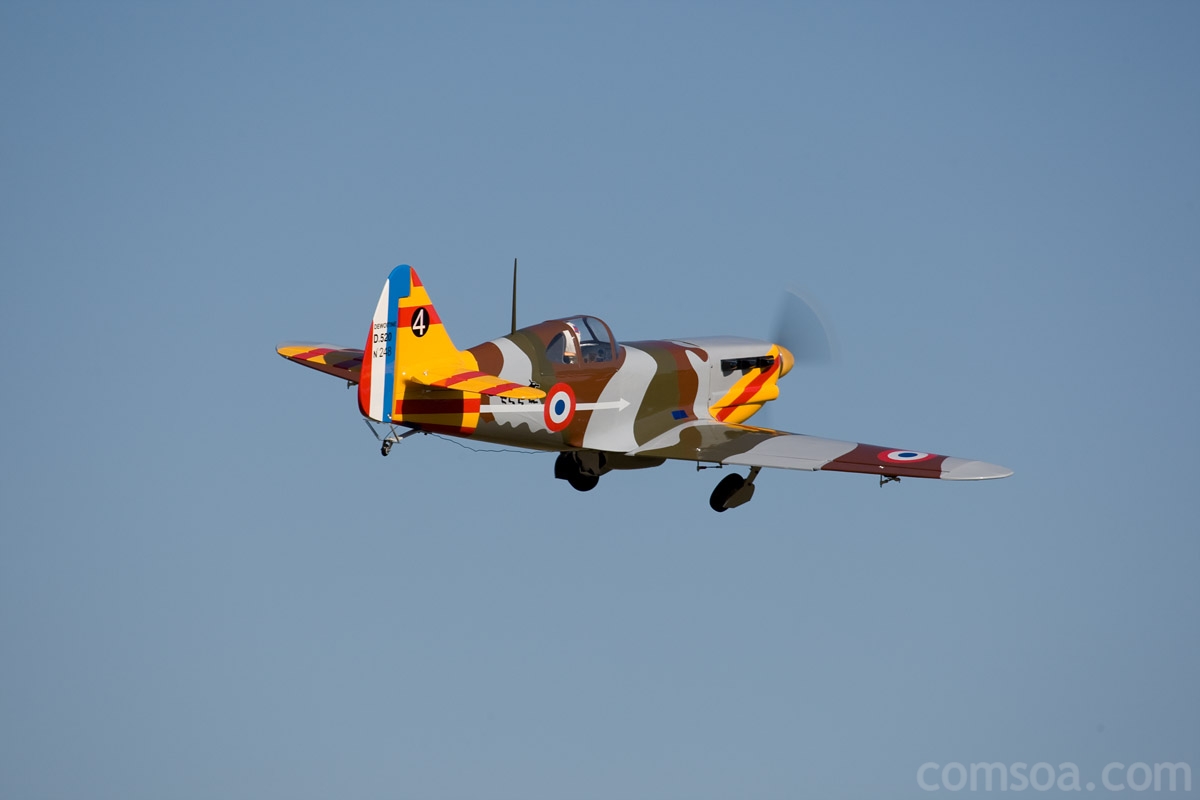Safe Flying Tips |
|
The Law: You must fly so as to not cause danger to persons or property. To this end, you must comply with the applicable CASR (Federal) Laws and M.A.A.A. Rules. Copies of these are available for perusal at the COMSOA Inc. flying field. See MAAA Web Site for all the Rules and requirements---See WEB LINKS in the main menu.
Where To Fly: The safest place is at a flying clubs field. To do this, you must be a club member. Being a club member has lots of advantages: First of all, it allows you to fly at the club field. Also, it ensures that you have adequate insurance cover. You will get experienced help to get your model flying. Instruction will be provided free to properly teach you to fly model aircraft. Help will be there if and when required. Finally, the company at the club is generally pretty agreeable as well! You can fly in other areas provided you have permission to do so, the area is suitable and you do not cause a danger to persons or property. Flying fields must be at least 4 kilometres apart to reduce the possibility of radio interference (M.A.A.A. Rule). If you do not have insurance cover, give careful consideration to the repercussions of having an accident in which you injure someone. The sensible thing is to make sure you are a member of an M.A.A.A. affiliated club, which ensures you have adequate insurance cover.
Radio Operation: 29 and 36 Mhz Transmitters A Frequency Control Key Board is used to minimise the possibility of two transmitters being switched on at the same time. When you arrive at the flying field, the first thing to do is place your transmitter in the transmitter pound. Do NOT turn it on under any circumstances until you have your frequency key in the correct slot in the key board and it is safe to do so! Always ensure you know which frequency you are operating on and make sure that your frequency key is placed in the correct slot. After you have finished your flight, return your transmitter to the pound and remove your key from the frequency board. 2.4 Ghz Transmitters: No limitations or special equirements As a pecaution mobile phones are not permitted in the flying compound.
Before You Fly: Make sure that your batteries are fully charged and that your radio is functioning correctly. Operate each control in turn on your model and ensure they move fully and in the correct direction. When switching ON, always switch the transmitter ON first and then switch ON the receiver. When switching OFF, always switch the receiver OFF first and then turn the transmitter OFF.
Before The First Flight Of The Day: Do a range check on your equipment in accordance with the manufacturers instructions. In general, with the transmitter antenna collapsed with roughly 6 to 8 inches projecting, you should get at least 30 metres (30 paces) of range. Position an observer at the model and operate the models controls as you pace away from the aircraft. The observer should immediately indicate to you if the models controls begin to operate erratically or stop altogether. The orientation of the receiver antenna can affect the range you get. You should only deem it safe to fly if the controls respond correctly and the range check is satisfactory.
Safety Is Paramount! Beware that spinning propeller! Always use a model restraint when starting or when the motor is running! The use of a model restraint in the pits is a club requirement. Taxying in the pit area is prohibited. |